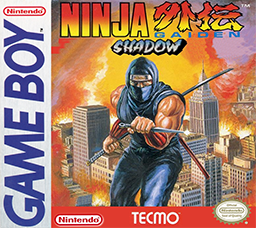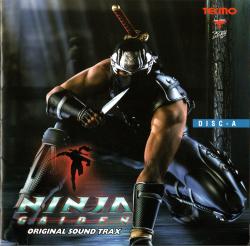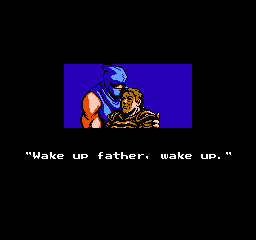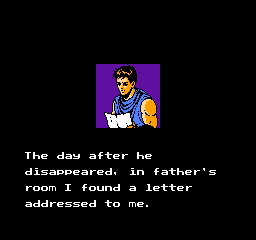Yet another Ninja Gaiden game known only by the title, the Ninja Gaiden arcade game (1988) really has little to do with the NES games that followed. A rather poorly designed beat ’em up that gets kind of tedious, Ninja Gaiden mainly had character design going for it (pretty good and often funny design, I might add), with Ryu Hayabusa fighting all kinds of gangsters and hoodlums in America. The soundtrack is for the most part fairly generic, too, featuring chiptune covers of pop songs such as “Iron Man” and “Sukiyaki” (in fact, I’m surprised Taito doesn’t seem to have been sued over this). However, there are some notable pieces, particularly “Humming of the Devil”, the last stage theme.

Ninja Gaiden (Arcade) – “Humming of the Devil” (Mikio Saito, et. al)
“Humming of the Devil” has all the things one would expect to find in a last stage track: organs, choir, guitars, and somber, dramatic melody. It lets you know right off the bat that this is the final stage. The incredibly 48-second-long choral intro is a good build into the main melody, which is about 1:20 – both good figures for an early arcade game. The second chunk of the main theme combines guitar and piano to make the track solid 80s rock. It’s fairly melancholic. Though most of the track repeats the same core notes or slight variations, the end of the song develops these quite well (from about 1:50 on). It’s a pretty catchy tune, making it well worth the effort of fighting this far to hear. Incidentally, lyrical nature of the track makes it feel a bit like an 80s pop theme, and given the soundtrack’s profusion of (unlicensed?) covers, I wouldn’t be surprised if this, too, was actually not an original composition…

The soundtrack to Ninja Gaiden for the arcade was published in Ninja Ryukenden -G.S.M. TECMO (1989) along with the enhanced soundtrack to the NES game. It was composed by Mikio Saito (Metal Yuhki), Putaro, Ryuichi Nitta (Shitamachi Kajiya), and Angirus – though of course many of these tracks can be attributed to their original composers as well. Mikio Saito is the most prolific of the bunch, working under the pseudonym Metal Yuhki. He left Tecmo in the early 90s to work for Konami, eventually composing the majority of the Tokimeki Memorial series, as well as working on some Castlevania titles, particularly Rondo of Blood. Ryuichi Nitta seems to have independent in the early 2000s after doing Gitaroo Man, and has since made soundtracks for Capcom and Konami. Practically nothing is known about the other composers.











